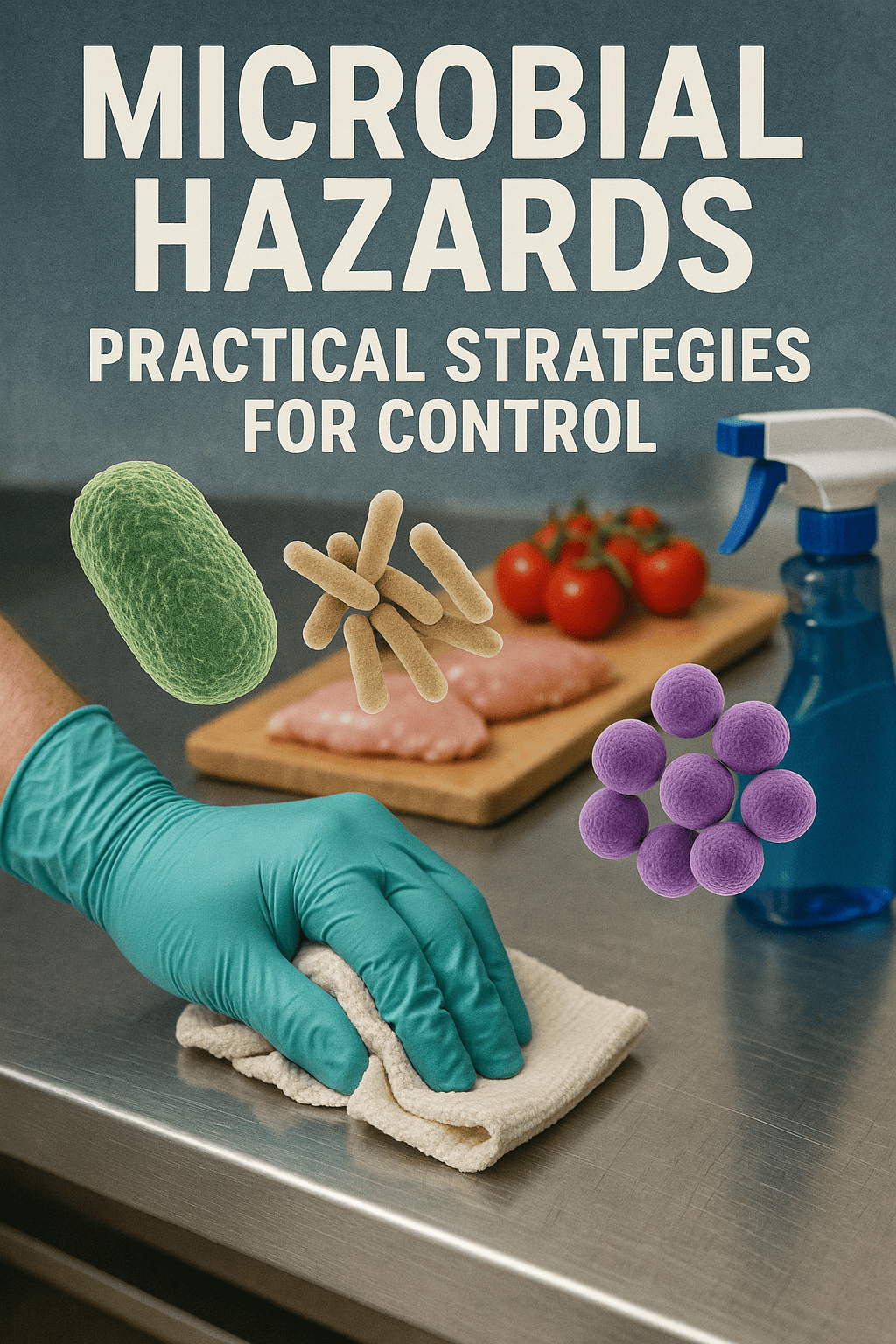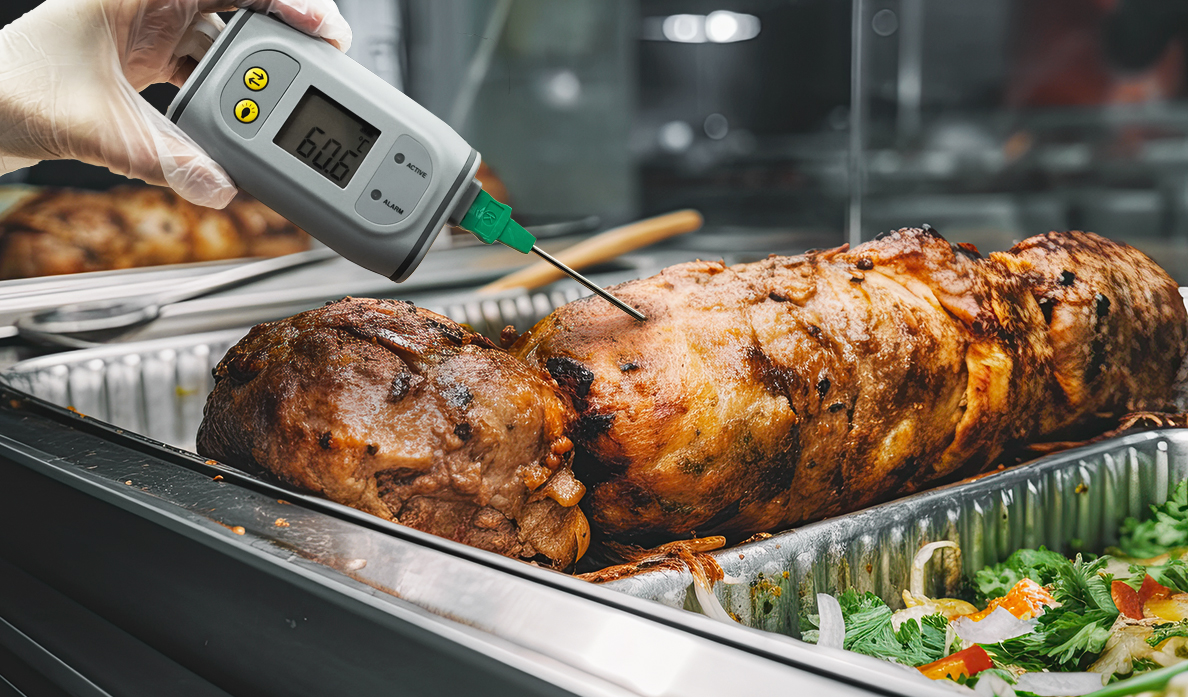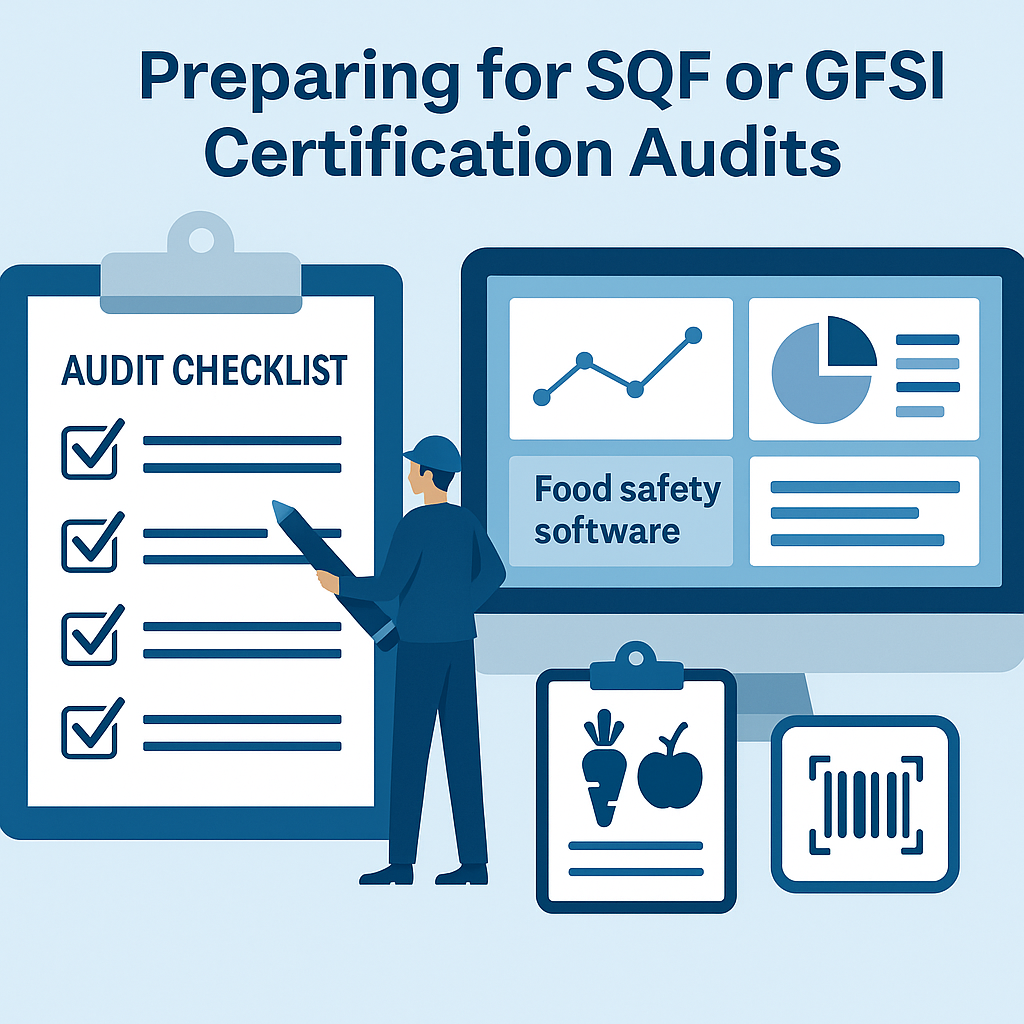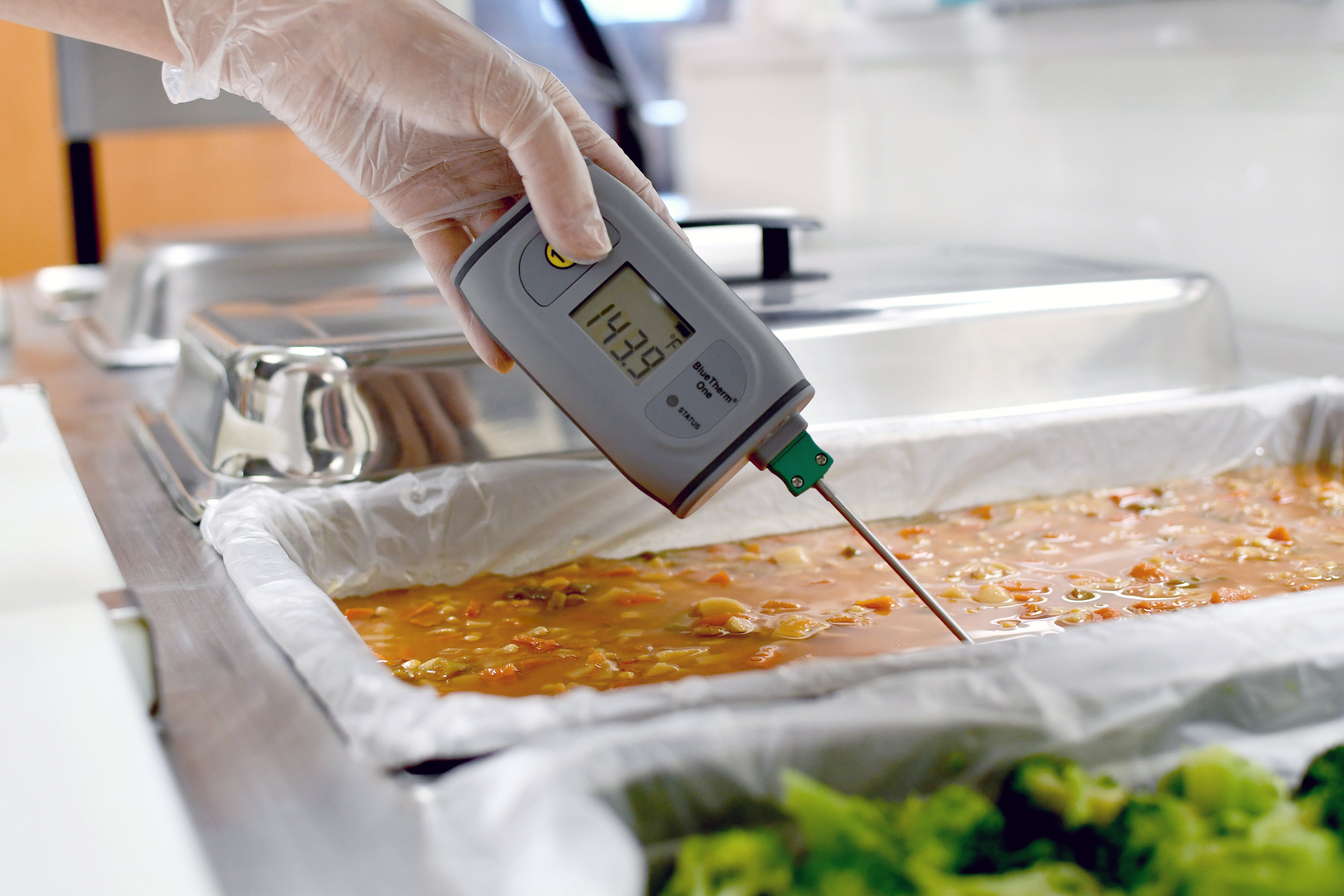In today’s highly regulated and consumer-focused market, food safety is a cornerstone of success for food industry players. The cost of a food recall not only affects the bottom line but also impacts brand reputation and consumer trust. As a result, proactive risk management in food safety is more crucial than ever. This comprehensive guide will explore best practices in preventing food recalls through effective risk management strategies, integration of technology such as food safety software, and a step-by-step approach with practical examples.
Understanding the Importance of Food Safety
At its core, food safety encompasses all measures necessary to ensure that food is safe for consumption and free from contaminants and allergens that pose health risks. This imperative goes beyond merely adhering to legal requirements—it’s about safeguarding public health and securing a company's operational viability.
Key Components of Proactive Risk Management
-
Hazard Analysis and Critical Control Points (HACCP): Implementing HACCP systems is fundamental in identifying, evaluating, and controlling food safety hazards. This preventive approach is designed to reduce the risk of food safety hazards at critical points in the manufacturing process.
-
Regular Audits and Inspections: Frequent audits and inspections ensure that the food safety management system is working correctly and efficiently. These should be carried out internally and by third-party auditors to maintain an unbiased overview of the processes.
-
Supplier Quality Management: Since many food safety issues originate from contaminated ingredients, rigorous supplier assessments and monitoring are essential. Establishing strict supplier approval programs and ongoing performance evaluations can help mitigate risks.
-
Employee Training and Engagement: Continuous training and clear communication are vital to ensure that all staff understand their roles in maintaining food safety. Training programs should be regularly updated and cover everything from basic hygiene practices to complex food safety management procedures.
-
Investing in Technology: Leveraging advanced technologies like food safety software and food traceability software can significantly enhance the effectiveness of a food safety program. These technologies offer tools for better hazard analysis, real-time monitoring, and swift traceability throughout the supply chain.
Step-by-Step Approach to Preventing Food Recalls
Step 1: Establish a Robust Food Safety Culture Creating a strong food safety culture within the organization is the first critical step. This means integrating food safety into every aspect of your operations and ensuring it is a priority at all levels—from the executive team to the production floor workers.
Step 2: Implement Comprehensive Risk Assessments Utilize risk assessment tools to identify potential hazards in your processes. This involves analyzing all stages of production, from raw material procurement to final product distribution, and assessing the likelihood and severity of risks associated with each step.
Step 3: Enhance Traceability Systems Implementing a robust food traceability software system allows for the tracking of products from farm to fork. This system is crucial for quickly identifying and isolating products involved in a potential food safety breach, thus limiting the scope of a recall and reducing associated costs.
Step 4: Integrate Preventive Controls Based on the risks identified, develop and implement preventive controls. These controls should be designed to prevent, eliminate, or significantly reduce the occurrence of identified hazards.
Step 5: Monitor and Verify Effectiveness Regular monitoring of the controls is essential to ensure they are working as intended. Verification activities, including targeted testing and process validations, should be implemented to confirm that the food safety system is effective.
Step 6: Document and Record Keeping Maintain accurate records and documentation as proof of compliance with food safety standards and regulations. Documentation should include training records, monitoring logs, supplier agreements, and audit results.
Step 7: Continuously Improve and Update Systems Food safety is dynamic; thus, a static system will eventually falter. Continuously improve your food safety processes by staying updated with the latest industry developments, technologies, and regulatory changes.
Real-World Examples of Effective Food Safety Practices
-
Example 1: Enhanced Traceability for Dairy Products A leading dairy manufacturer implemented a sophisticated food traceability software that allowed for real-time tracking of products from cow to consumer. This system enabled the quick recall of a batch of milk following the detection of a bacterial contamination that was traced back to a specific cow group at one farm.
-
Example 2: Digital Monitoring in a Meat Processing Plant By integrating advanced food safety software, a meat processing company managed to automate temperature monitoring and hazard analysis throughout its production lines. This digital transformation led to early detection of temperature deviations that could lead to bacterial growth, thereby preventing a potential recall.
Proactively managing risks in food safety is an indispensable strategy for any food business seeking to maintain compliance, ensure public safety, and uphold brand integrity. By embracing a thorough approach to food safety, integrating technology, and continually refining processes, companies can substantially mitigate the risks associated with food recalls.
If you are looking to enhance your food safety processes and explore the benefits of sophisticated food safety solutions, we invite you to book a demo with our expert team. Discover how integrating cutting-edge food safety software can transform your risk management practices and provide a significant return on investment.







